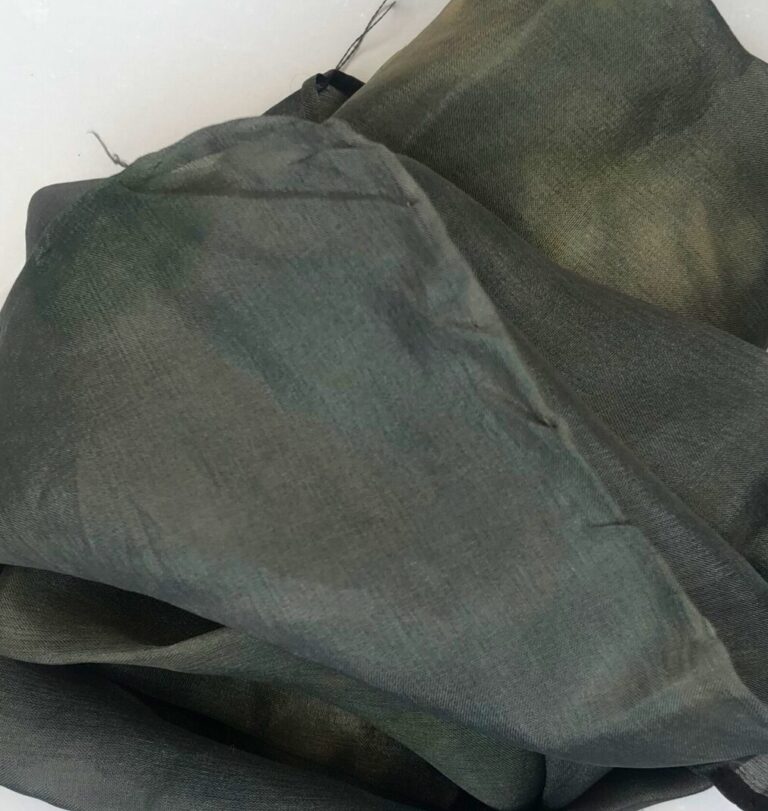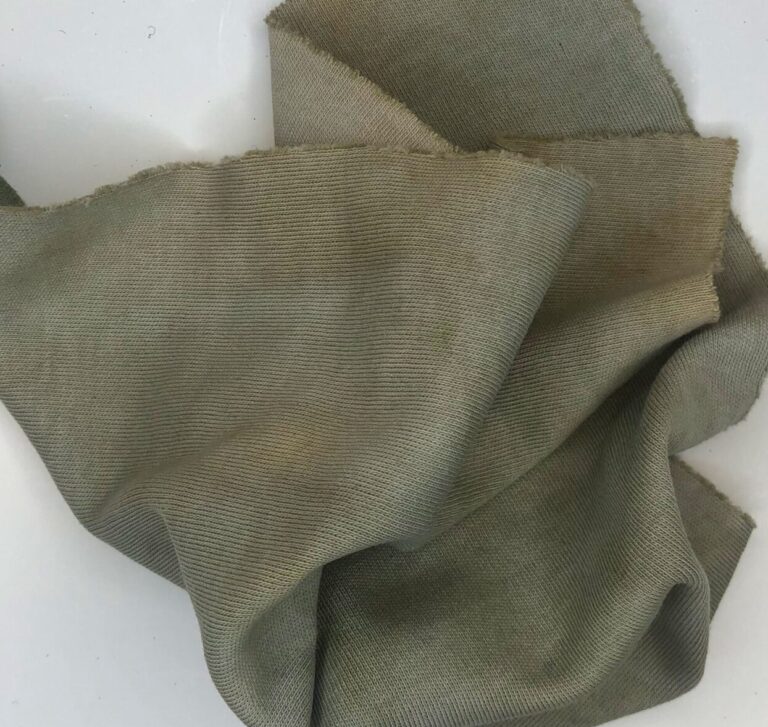matter: flowers
green | slate-blue | purple
WoF: 100%
Alcea rosea, also known as common hollyhock, is a quite distinctive plant producing beautiful large flowers and growing up to almost 2 meters tall. It is originally from Asia and was imported to Europe from China around the 15th century, and today grows in gardens and wild areas across the world. Hollyhock has been cultivated for centuries, both for its ornamental value as well as for medicinal use. However, it is also a great dye plant. The colorful flowers of the hollyhock produce surprising shades of blues, greens and purple.
The Dutch name, stokroos, basically means ‘rose on a stick’ – which makes sense seeing this tall, brightly flowering plant decorating many house facades around the Netherlands. In Amsterdam, it is not rare to see stokroos beautifully blossoming along the canals in the summer months.
Note: Hollyhock is a biennial plant. Meaning, it typically flowers in the second year after germination
planting period
spring or fall
(6-8 weeks before the first frost date)
harvest period
late spring- late summer
soil
ideal pH: 6-7
tolerates a wide range of soil types
sun
full sun
water
every 2-3 days in well-drained soil
planting
0.3 cm deep
!Seeds need sunlight to germinate!
45-60 cm apart
germination
Scatter seeds onto the soil surface and press lightly. Make sure the seeds get sunlight to germinate and water carefully to avoid displacing the seeds.
maintenance
Remove any weeds, competing with the plant for nutrients and space.
mulching: Cover the base of the plants with a layer of organic mulch, such as straw or wood chips, helping to retain moisture and suppress weeds.
support structures: Implementing a support structure next to each hollyhock plant such as a trellis, stake or fence, provides support and prevents them from toppling over in strong winds.
flower harvest
Deadhead the fully developed flowers regularly to increase continuous blooming, leading to more dye matter within one blooming cycle as well as preventing self-seeding. Therefore, place two fingers below the flower crown and apply soft pressure upwards till the flower snaps off close to the stem. Use the flowers right away or place them onto a paper towel to dry before storing.
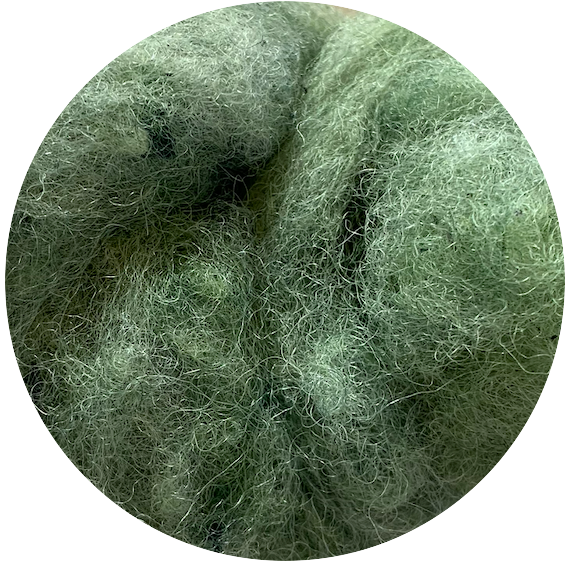

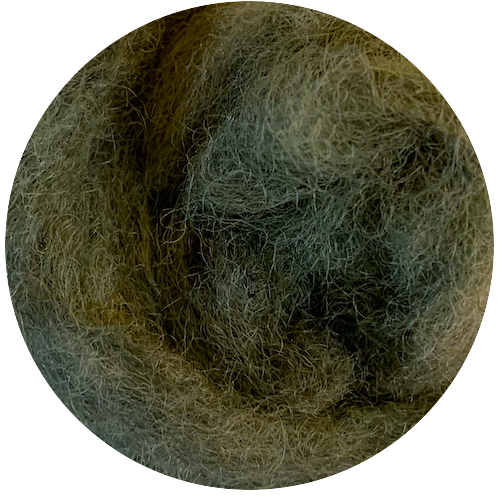
75% WoF
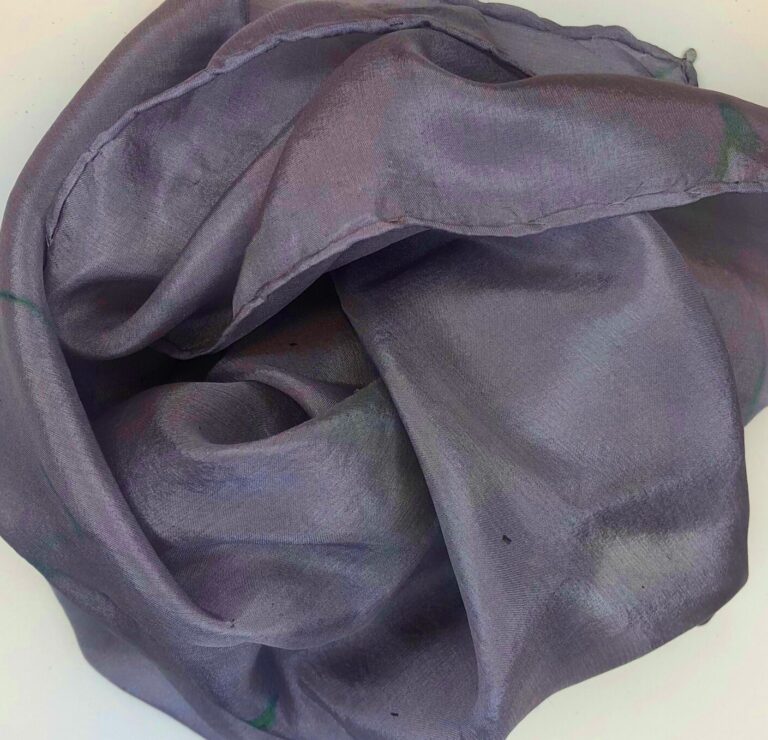
75% WoF
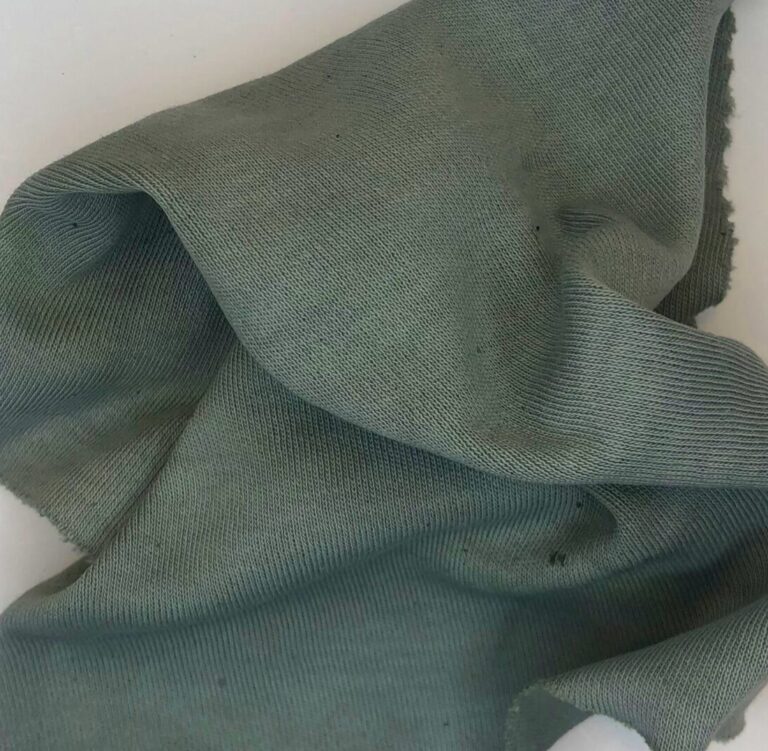
75% WoF
